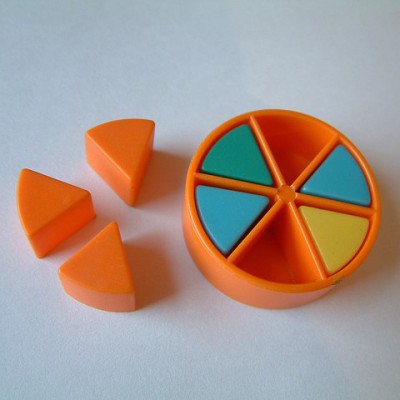
Permutations and Combinations
October 27, 2022
Unleash Your Inner Calculator: Addition Tricks for Supercharged Math Skills
February 26, 2024Problems on ages is a crucial component of the quantitative aptitude section. Solving age related problems requires logical reasoning, algebraic equations, and a clear understanding of the given information. As easy as they might sound problems on ages can tend to be tricky and time-consuming, leading to confusion and mistakes. With problems based on ages it is important we master the fundamental concepts, and practicing extensively.
This blog post is a comprehensive guide to help you master age-related problems in the context of quantitative aptitude. We will explore the different types of age problems encountered in exams, the essential strategies for solving them, advanced techniques and shortcuts. By the end of this guide, you will be able to tackle age-related problems with confidence and accuracy, and improve your overall performance in quantitative aptitude exams.
Understanding Problems on Ages
When solving age problems we look for information such as
- Present age of one or more individuals
- The relationships between the individuals or their age difference.
- Additional conditions if any.
For unknown ages, we basically assign variables and form equations. Using algebraic techniques is the crux of solving problems on ages. We capture the relationships between individuals, age differences or conditions using equations.
Tips to Solve Problems on Ages
Age problems are based on ages of the people in present, past or the future.
When solving these problems,
- Formulate equations:
Based on the given information, Respresent unknown ages using variables.
- If the current age is x, then the age after n years will be (x+n) years.
- If the current age is x, then the age before n years will be (x-n) years.
- If the age of two individuals is in the form of ratio m:n, we consider their age to be mx and nx respectively.
- Using the variables and based on the relationship defined in the problem form an equation.
For instance, consider this example.
Example : In 6 years Krishna will be twice the age he was 4 years ago. What is his present age?
The problem talks about Krishna's present age, his age 6 years hence and 4 years ago. So, by considering Krishna's present age to be x, his age after 6 years will x+6 and 4 years before will be x-4.
Given that, Krishna's age in 6 years will be twice the age he was 4 years ago=>
x+6 = 2 (x-4)
x = 14
Hence Krishna's present age is 14 years.
- Map the Age differences:
If the relationships between the individuals is expressed as differences, try to map the difference into equations and solve for the unknowns:
Example: The sum of the ages of a father and his son is 50 years. The father is four times as old as the son. Determine their ages.
Let's assume the son's age as 'x' years. The father's age would be '4x' years.
Based on the given information, we can create the equation: x + 4x = 50
Simplifying the equation, we find: 5x = 50 x = 10
Therefore, the son's age is 10 years, and the father's age is 4x10 = 40 years.
- Check for Past or Future Ages:
Few of the age problems involve past or future ages depending or conditions or time intervals. These changes in age must also be used while creating the equations.
Example: Five years ago, Jane was three times as old as Sam. Determine their current ages if the sum of their ages is 40 years.
Let's assume Sam's current age as 'x' years. Jane's current age would be 'y' years.
Based on the given information, we can establish the equation: y - 5 = 3(x - 5)
Since the sum of their ages is 40 years, we have the equation: y + x = 40
Simplifying the equations, we find the values of x and y: y - 5 = 3x - 15 (from the first equation) y + x = 40 (from the second equation)
Solving the equations, we find: x = 15 y = 25
Therefore, Sam's current age is 15 years, and Jane's current age is 25 years.


